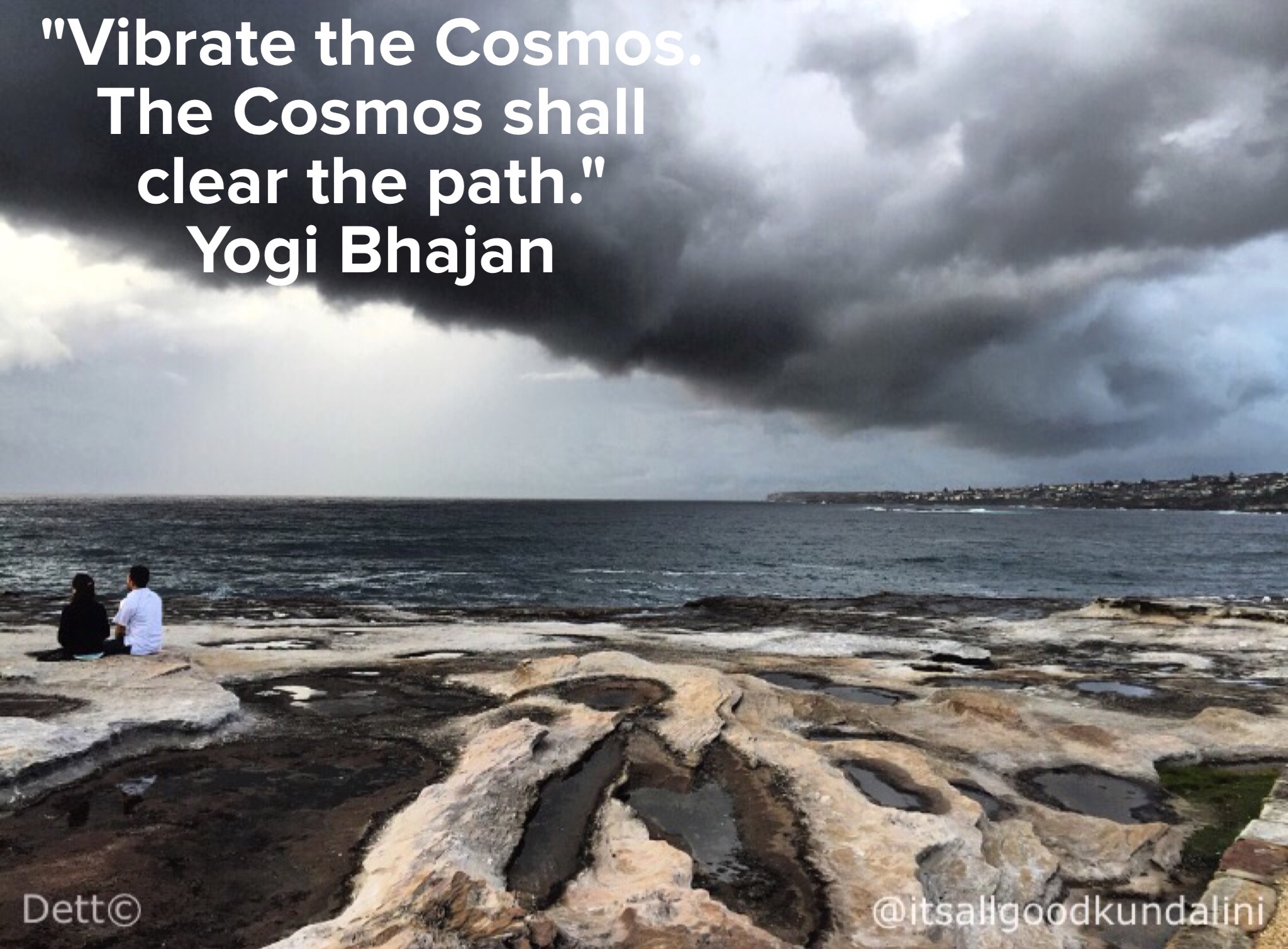
The Upanishad more likely dates to the 16th century, as do other Sanskrit texts which treat kundalini as a technical term in tantric yoga, such as the Ṣaṭ-cakra-nirūpana and the Pādukā-pañcaka. Since this canon was fixed in the year 1656, it is known that the Yoga-Kundalini Upanishad was compiled in the first half of the 17th century at the latest. The Yoga-Kundalini Upanishad is listed in the Muktika canon of 108 Upanishads. Hatha yoga įurther information: Hatha Yoga Pradipika and Yoga-Kundalini Upanishad This concept is adopted as kuṇḍalniī as a technical term into Hatha yoga in the 15th century and becomes widely used in the Yoga Upanishads by the 16th century. The feminine kuṇḍalī has the meaning of "ring, bracelet, coil (of a rope)" in Classical Sanskrit, and is used as the name of a "serpent-like" Shakti in Tantrism as early as the 11th century, in the Śaradatilaka. Kuṇḍa, a noun with the meaning "bowl, water-pot" is found as the name of a Naga in Mahabharata 1.4828. It does occur as a noun for "a snake" (in the sense "coiled", as in "forming ringlets") in the 12th-century Rajatarangini chronicle (I.2). The Sanskrit adjective kuṇḍalin means "circular, annular". The Shiva Samhita describes the qualified yogi as practicing 'the four yogas' to achieve kundalini awakening while lesser students may resort solely to one technique or another: "Mantra Yoga and Hatha Yoga. The exact distinctions between traditional yoga schools is often hazy due to a long history of syncretism, hence many of our oldest sources on Kundalini come through manuals of the tantric and haṭha traditions such as the Hatha Yoga Pradipika and the Shiva Samhita. Laya Yoga, from the Sanskrit term laya meaning "dissolution", "extinction", or "absorption", is almost always described in the context of other Yogas such as in the Yoga-Tattva-Upanishad, the Varaha Upanishad, the Goraksha Paddhati, the Amaraugha-Prabodha, and the Yoga-Shastra of Dattatreya.

Laya may refer both to techniques of yoga, and (like Raja Yoga) its effect of "absorption" of the individual into the cosmic.

What has become known as "Kundalini yoga" in the 20th century, after a technical term particular to this tradition, is actually a synthesis of many traditions which may include haṭha yoga techniques (such as bandha, pranayama, and asana), Patañjali's kriya yoga (consisting of self-discipline, self-study, and devotion to God), tantric visualization and meditation techniques of laya yoga (known as samsketas), and other techniques oriented towards the 'awakening of kundalini'.


 0 kommentar(er)
0 kommentar(er)
